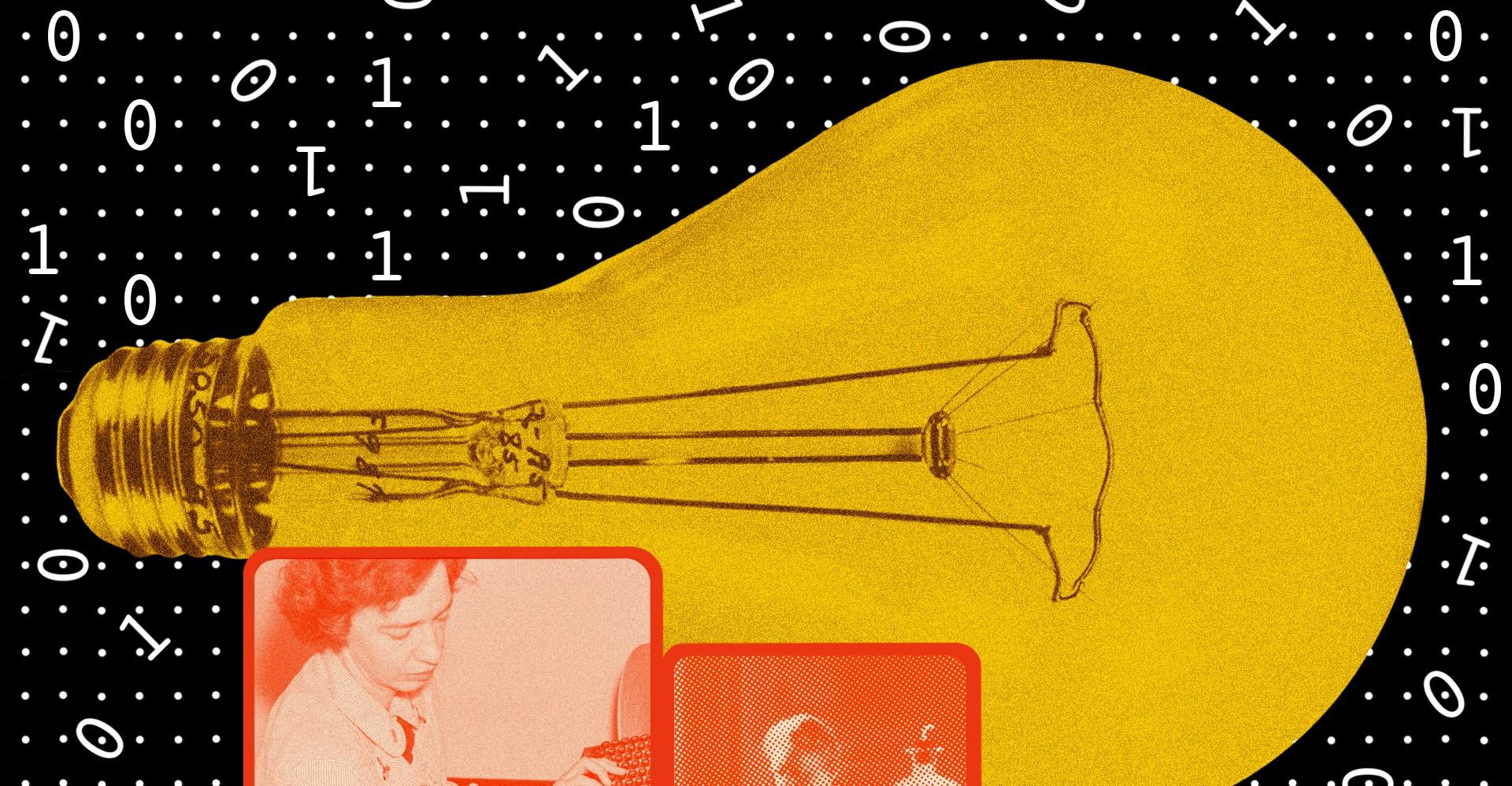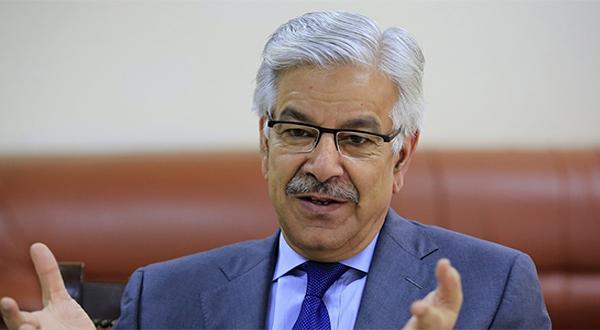After exposing the weaknesses of Red Bull and Max Verstappen at Imola, McLaren's Lando Norris served the notice that the gap is closing in Formula 1.

Published 2 years ago on May 23rd 2024, 11:00 am
By Web Desk

For the first half of the Emilia Romagna Grand Prix, Max Verstappen seemed to rediscover his unbeatable form. As had been the case so often in the past three years, he built a comfortable lead in the opening stint of the race and looked on course to maintain it to the finish.
But midway through the grand prix something changed and, for the second time in as many races, weaknesses in the Red Bull were exposed. While Verstappen was ultimately able to prevent McLaren's Lando Norris from doubling down on his debut win in Miami two weeks ago, it was only by 0.725s at the chequered flag.
For the first time in over two years, the Verstappen/Red Bull combination no longer looks unbeatable in a straight fight. The pace of the upgraded McLaren -- and potentially the Ferrari on a more favourable circuit layout -- is now close enough to Red Bull to force Verstappen to push to the limits. In doing so, he is exposing hitherto unknown weaknesses in Red Bull's package and, potentially, presenting opportunities for others to snatch victories in Formula One.
That shouldn't be confused for a genuine title fight -- Verstappen is still 48 points clear of his nearest competitor, Charles Leclerc, in the drivers' standings -- but it could result in more close finishes like the one in Imola, Italy, in the future.
- Watch Formula One on ESPN networks all season long
- Max Verstappen holds off Lando Norris to win by 0.7sec at Imola
Three different cars were fastest at three different points of the 63-lap Emilia Romagna Grand Prix, with Verstappen, Leclerc and Norris all showing race-winning potential at various stages. In a sport that has so often been dominated by one driver in recent years, it represented a refreshing level of competitiveness -- even if none of those cars was fast enough to perform an overtake of the others around Imola's relatively narrow track layout.
Throughout the first stint of the race, it was business as usual. Verstappen built a commanding eight-second lead over Norris ahead of his first pit stop, although not without pushing his Red Bull beyond the track's limit on three occasions. That left him with no room for error from Lap 20 onwards as another transgression would have resulted in a five-second penalty, but at the midway point in the race it seemed he would have enough time in hand regardless.
When Verstappen emerged from his routine pit stop, he was six seconds clear of Norris, and in the early part of the second stint the focus was on whether Leclerc would challenge Norris for second place. While benefitting from gaining the use of his DRS behind Norris, Leclerc's Ferrari was keeping up with the McLaren and was right on its tail until Leclerc made a mistake at Variante Alta, ran across the grass and dropped out of DRS range.
Before that moment, Red Bull team principal Christian Horner had been more worried about the potential threat from Leclerc than the very real threat brewing from McLaren.
"At that point our eyes were on Leclerc and was he going to make the step [past Norris] and pose a challenge?" Horner said. "But Lando, whatever window they managed to get their tyres into, suddenly their car came alive. It just shows how sensitive these cars are to the different conditions."
Once Leclerc dropped off his rear wing, Norris' race suddenly came alive. Explaining the situation after the race, he said he had been driving cautiously in the opening part of the second stint amid concerns about his setup choices, which had been optimised for cooler conditions and could therefore overheat his tyres if he pushed too hard.
"We kind of set up the car more for colder conditions rather than hot, and I think I paid the price in general," Norris said. "That's why I had to do so much of an introduction to the tyres [after the pit stop] and kind of bring them up so gently and look after them. Because if I didn't, I just would have fallen off a cliff like the others did.
"So my only chance was to drive my race. And that meant being under pressure from Charles for more laps than I would have liked. But as soon as I kind of cleared the traffic and got back into my own rhythm, then I felt good with the car.
"The tyres kind of came back to me, and I could push and I was happy. So from then on, the pace was amazing."
For Verstappen, the situation was the opposite. The Red Bull was struggling with the physical wear of the tyre rather than overheating, and as the amount of rubber left on the tyres reduced, it became harder to maintain temperature in them. In trying to nurse his tyres from midway through the second stint, he only made the temperature situation worse in the final 10 laps when Norris was in full attack mode.
"After we changed onto the hard tyre, the first half of the stint was absolutely fine," Horner said. "But as the gauge wears down on the tyre, temperature becomes crucial, and we just started to lose temperature in the tyre, and with that the performance started to spiral."
With the car becoming increasingly difficult to drive, it's understandable why Verstappen sounded so exasperated on team radio. This was not the Red Bull he was used to, and all the while he had Norris closing down in the knowledge that another excursion beyond the track limits for Verstappen would result in a five-second penalty, handing the win to the McLaren driver.
"It was OK for the first five to 10 laps, but after that I was like, I'm not sure I can bring this to the end, because the tyres just fell out of the operating window," Verstappen said after the race. "It was just like driving on ice, really snappy and just you can feel when the tyres are not gripping up anymore, like in Turn 7 I almost ended up in the grandstand.
"It was just very difficult, really weird lines that I had to take. Those last 10 laps I was really trying to survive with the tyres and then suddenly Lando really picked up the pace.
"I could see him, of course, catch up. I was not sure if I could keep him behind, but I was just trying to do the best I could, pushing as hard as I could with the grip that I had. And, yeah, luckily, it was just enough laps."
Although entirely theoretical, had the race run an extra lap, Norris would have been within DRS range of Verstappen into Turn 1 and had a chance of overtaking. But as pointed out by McLaren team principal Andrea Stella, ever the pragmatic engineer, Verstappen's tyre management was also exceptional once he realised he had a problem and in the knowledge of when the chequered flag would fall.
"I think there were already 63 laps, which is a lot of laps, and Max did a good job in managing his tyre budget over the 63 laps and making sure it was enough to retain the position," Stella said. "It's good we were in the quest for the victory at the end of the race, but ultimately if we look at the first stint, Max was already opening the gap.
"Today, I think it was an interesting race because the tyres were able to operate in a narrow window and before the combination of driver, track characteristics and where you were losing the tyres created different characteristics from a competitive point of view."
The combination of Norris' victory in Miami and his near victory in Imola makes it tempting to believe McLaren will be in the running for victory at every race weekend from now on. Clearly the team has made progress with the update it introduced in Miami and that has allowed Norris to either take advantage of good fortune, as was the case in Miami with a well-timed safety car, or put Verstappen under pressure, as was the case in Imola.
But while McLaren has made progress, Red Bull has encountered specific issues at the past two races that will not occur at every round.
Hot conditions and an unusual track surface in Miami meant the tyres were prone to overheating, while Verstappen did himself no favours by damaging his car when he hit a bollard midrace.
In Imola, the tyre issues were at the other end of the spectrum and related to wear levels rather than overheating. They followed three practice sessions in which Red Bull had not tried the hard tyres, and so underestimated the level of wear in race conditions -- perhaps something that could have been mitigated with a long run in Friday's second practice.
As it turned out, Red Bull's main focus in practice had been on getting the car sensibly balanced. The bumps around Imola and the need to ride over kerbs on corner exits meant Red Bull, like all teams, had to run a relatively high ride height.
With so much downforce generated by the floor, the latest generation of F1 cars are very sensitive to ride height changes. On smoother circuits, Red Bull is able to generate significant performance by running low to the ground, but by coming up and out of that comfort zone to be able to ride the bumps in Imola, the car became increasingly unbalanced and difficult to drive.
Friday practice was a nightmare for the team, with Verstappen running off the track on three occasions and ending up seventh fastest at the end of the two practice sessions. It was clear that changes needed to be made in time for qualifying on Saturday, and it was Red Bull's simulator driver, Sebastien Buemi, who provided the overnight answers back at the team's factory.
Asked specifically what had helped Verstappen get the car into a better place for Saturday, Horner said: "Sebastien Buemi. We did a lot of work on setup on Friday into Saturday to move the balance and get the balance into a much better window.
"It was a big dive, and that's why you must never underestimate the broader team in the factory, the simulator drivers. Credit where credit is due, the essence of team is being able to respond when things aren't going well, and we managed to turn it around.
"On Friday, all of the analysis would have said no way you would get this result, but we managed to turn it around and win the race."
While Horner recognises the new threat from McLaren, he also believes the track layout and conditions at the past two races have not played to Red Bull's strengths.
"I think arguably over the last couple of races they've been our main competitor," he said. "They've definitely added performance to their car. The philosophy is very similar to that of our own, and they've definitely made a step. We expect them to be competitive at all circuits.
"There are certain circuits that play to our strengths and certain ones that don't. The last couple have been more circuits that haven't played to the inherent strengths of the car."
While Red Bull will almost certainly reassert its dominance over the field at certain circuits this season, it's clear the step McLaren has made in the past two races means repeats of Imola are also on the cards going forward. Ferrari will also be a factor when the conditions are right, with the team confident its Imola upgrades had the desired effect even if it wasn't quite enough to catch Red Bull at Imola.
"It's not the best track to judge upgrades, mostly because kerb riding is such a thing here that if you have a good car on kerbs, then that could hide a bit more what is the real order," Horner said. "The good thing is that everything we expected from those upgrades, we had it. In terms of data, it did exactly what it was supposed to do, which is always a good thing."
Speaking ahead of the race weekend, senior Ferrari engineer Jock Clear said the upgrades didn't need to eliminate the gap to Red Bull to make things interesting at the coming races, just bring them close enough.
"We know how big the gap to Red Bull is on paper, you know that if you're looking at delta lap times in the race, but as that gap gets smaller as soon as it gets relatively close enough that you're putting pressure on them, that's when actually they're beatable," Clear said. "It's not like you have to eventually be faster than them to beat them, you just have to be close enough that they start to make the same sort of tricky decisions that we all have to make every week and then you know if they don't have the perfect race strategy you will beat them and that that's the difference.
"McLaren and ourselves are, we like to think, in that position now where [Red Bull] have to get everything perfect, and they're not going to do that all year, so there are going to be opportunities."
McLaren's Stella also puts the onus on the execution of the races, thereby forcing Red Bull to make difficult decisions from the pit wall while minimising his team's own errors.
"The execution of the weekend is always a key factor," he said. "When margins are so close -- [Saturday] I think the first three cars in qualifying were within 0.1s -- clearly operations and the way you treat the tyres and execute the race will become the dominant factor.
"I think between a McLaren and a Red Bull today, there wasn't much to pick and it was other factors that made the difference."
Norris, like so many fans watching races from home, hopes the determining factor at the coming rounds will be the driver, not the car.
"It's more down to driving than car," he said. "You know, I think if you push a bit too much, you deg off. If you go too slow, you're too slow. It's all about the driver judging it and driving to the correct limit. I don't think you can just say this car was quicker, this car was slower today. So I think it's tight enough.
"When you're split by one-tenth in qualifying, you can't really say this guy was way better than the other one, you know. So hopefully it continues like that because it's exciting, it's tough, and it gets you excited every weekend. I'm looking forward to the next few."
But midway through the grand prix something changed and, for the second time in as many races, weaknesses in the Red Bull were exposed. While Verstappen was ultimately able to prevent McLaren's Lando Norris from doubling down on his debut win in Miami two weeks ago, it was only by 0.725s at the chequered flag.
For the first time in over two years, the Verstappen/Red Bull combination no longer looks unbeatable in a straight fight. The pace of the upgraded McLaren -- and potentially the Ferrari on a more favourable circuit layout -- is now close enough to Red Bull to force Verstappen to push to the limits. In doing so, he is exposing hitherto unknown weaknesses in Red Bull's package and, potentially, presenting opportunities for others to snatch victories in Formula One.
That shouldn't be confused for a genuine title fight -- Verstappen is still 48 points clear of his nearest competitor, Charles Leclerc, in the drivers' standings -- but it could result in more close finishes like the one in Imola, Italy, in the future.
- Watch Formula One on ESPN networks all season long
- Max Verstappen holds off Lando Norris to win by 0.7sec at Imola
Three different cars were fastest at three different points of the 63-lap Emilia Romagna Grand Prix, with Verstappen, Leclerc and Norris all showing race-winning potential at various stages. In a sport that has so often been dominated by one driver in recent years, it represented a refreshing level of competitiveness -- even if none of those cars was fast enough to perform an overtake of the others around Imola's relatively narrow track layout.
Throughout the first stint of the race, it was business as usual. Verstappen built a commanding eight-second lead over Norris ahead of his first pit stop, although not without pushing his Red Bull beyond the track's limit on three occasions. That left him with no room for error from Lap 20 onwards as another transgression would have resulted in a five-second penalty, but at the midway point in the race it seemed he would have enough time in hand regardless.
When Verstappen emerged from his routine pit stop, he was six seconds clear of Norris, and in the early part of the second stint the focus was on whether Leclerc would challenge Norris for second place. While benefitting from gaining the use of his DRS behind Norris, Leclerc's Ferrari was keeping up with the McLaren and was right on its tail until Leclerc made a mistake at Variante Alta, ran across the grass and dropped out of DRS range.
Before that moment, Red Bull team principal Christian Horner had been more worried about the potential threat from Leclerc than the very real threat brewing from McLaren.
"At that point our eyes were on Leclerc and was he going to make the step [past Norris] and pose a challenge?" Horner said. "But Lando, whatever window they managed to get their tyres into, suddenly their car came alive. It just shows how sensitive these cars are to the different conditions."
Once Leclerc dropped off his rear wing, Norris' race suddenly came alive. Explaining the situation after the race, he said he had been driving cautiously in the opening part of the second stint amid concerns about his setup choices, which had been optimised for cooler conditions and could therefore overheat his tyres if he pushed too hard.
"We kind of set up the car more for colder conditions rather than hot, and I think I paid the price in general," Norris said. "That's why I had to do so much of an introduction to the tyres [after the pit stop] and kind of bring them up so gently and look after them. Because if I didn't, I just would have fallen off a cliff like the others did.
"So my only chance was to drive my race. And that meant being under pressure from Charles for more laps than I would have liked. But as soon as I kind of cleared the traffic and got back into my own rhythm, then I felt good with the car.
"The tyres kind of came back to me, and I could push and I was happy. So from then on, the pace was amazing."
For Verstappen, the situation was the opposite. The Red Bull was struggling with the physical wear of the tyre rather than overheating, and as the amount of rubber left on the tyres reduced, it became harder to maintain temperature in them. In trying to nurse his tyres from midway through the second stint, he only made the temperature situation worse in the final 10 laps when Norris was in full attack mode.
"After we changed onto the hard tyre, the first half of the stint was absolutely fine," Horner said. "But as the gauge wears down on the tyre, temperature becomes crucial, and we just started to lose temperature in the tyre, and with that the performance started to spiral."
With the car becoming increasingly difficult to drive, it's understandable why Verstappen sounded so exasperated on team radio. This was not the Red Bull he was used to, and all the while he had Norris closing down in the knowledge that another excursion beyond the track limits for Verstappen would result in a five-second penalty, handing the win to the McLaren driver.
"It was OK for the first five to 10 laps, but after that I was like, I'm not sure I can bring this to the end, because the tyres just fell out of the operating window," Verstappen said after the race. "It was just like driving on ice, really snappy and just you can feel when the tyres are not gripping up anymore, like in Turn 7 I almost ended up in the grandstand.
"It was just very difficult, really weird lines that I had to take. Those last 10 laps I was really trying to survive with the tyres and then suddenly Lando really picked up the pace.
"I could see him, of course, catch up. I was not sure if I could keep him behind, but I was just trying to do the best I could, pushing as hard as I could with the grip that I had. And, yeah, luckily, it was just enough laps."
Although entirely theoretical, had the race run an extra lap, Norris would have been within DRS range of Verstappen into Turn 1 and had a chance of overtaking. But as pointed out by McLaren team principal Andrea Stella, ever the pragmatic engineer, Verstappen's tyre management was also exceptional once he realised he had a problem and in the knowledge of when the chequered flag would fall.
"I think there were already 63 laps, which is a lot of laps, and Max did a good job in managing his tyre budget over the 63 laps and making sure it was enough to retain the position," Stella said. "It's good we were in the quest for the victory at the end of the race, but ultimately if we look at the first stint, Max was already opening the gap.
"Today, I think it was an interesting race because the tyres were able to operate in a narrow window and before the combination of driver, track characteristics and where you were losing the tyres created different characteristics from a competitive point of view."
The combination of Norris' victory in Miami and his near victory in Imola makes it tempting to believe McLaren will be in the running for victory at every race weekend from now on. Clearly the team has made progress with the update it introduced in Miami and that has allowed Norris to either take advantage of good fortune, as was the case in Miami with a well-timed safety car, or put Verstappen under pressure, as was the case in Imola.
But while McLaren has made progress, Red Bull has encountered specific issues at the past two races that will not occur at every round.
Hot conditions and an unusual track surface in Miami meant the tyres were prone to overheating, while Verstappen did himself no favours by damaging his car when he hit a bollard midrace.
In Imola, the tyre issues were at the other end of the spectrum and related to wear levels rather than overheating. They followed three practice sessions in which Red Bull had not tried the hard tyres, and so underestimated the level of wear in race conditions -- perhaps something that could have been mitigated with a long run in Friday's second practice.
As it turned out, Red Bull's main focus in practice had been on getting the car sensibly balanced. The bumps around Imola and the need to ride over kerbs on corner exits meant Red Bull, like all teams, had to run a relatively high ride height.
With so much downforce generated by the floor, the latest generation of F1 cars are very sensitive to ride height changes. On smoother circuits, Red Bull is able to generate significant performance by running low to the ground, but by coming up and out of that comfort zone to be able to ride the bumps in Imola, the car became increasingly unbalanced and difficult to drive.
Friday practice was a nightmare for the team, with Verstappen running off the track on three occasions and ending up seventh fastest at the end of the two practice sessions. It was clear that changes needed to be made in time for qualifying on Saturday, and it was Red Bull's simulator driver, Sebastien Buemi, who provided the overnight answers back at the team's factory.
Asked specifically what had helped Verstappen get the car into a better place for Saturday, Horner said: "Sebastien Buemi. We did a lot of work on setup on Friday into Saturday to move the balance and get the balance into a much better window.
"It was a big dive, and that's why you must never underestimate the broader team in the factory, the simulator drivers. Credit where credit is due, the essence of team is being able to respond when things aren't going well, and we managed to turn it around.
"On Friday, all of the analysis would have said no way you would get this result, but we managed to turn it around and win the race."
While Horner recognises the new threat from McLaren, he also believes the track layout and conditions at the past two races have not played to Red Bull's strengths.
"I think arguably over the last couple of races they've been our main competitor," he said. "They've definitely added performance to their car. The philosophy is very similar to that of our own, and they've definitely made a step. We expect them to be competitive at all circuits.
"There are certain circuits that play to our strengths and certain ones that don't. The last couple have been more circuits that haven't played to the inherent strengths of the car."
While Red Bull will almost certainly reassert its dominance over the field at certain circuits this season, it's clear the step McLaren has made in the past two races means repeats of Imola are also on the cards going forward. Ferrari will also be a factor when the conditions are right, with the team confident its Imola upgrades had the desired effect even if it wasn't quite enough to catch Red Bull at Imola.
"It's not the best track to judge upgrades, mostly because kerb riding is such a thing here that if you have a good car on kerbs, then that could hide a bit more what is the real order," Horner said. "The good thing is that everything we expected from those upgrades, we had it. In terms of data, it did exactly what it was supposed to do, which is always a good thing."
Speaking ahead of the race weekend, senior Ferrari engineer Jock Clear said the upgrades didn't need to eliminate the gap to Red Bull to make things interesting at the coming races, just bring them close enough.
"We know how big the gap to Red Bull is on paper, you know that if you're looking at delta lap times in the race, but as that gap gets smaller as soon as it gets relatively close enough that you're putting pressure on them, that's when actually they're beatable," Clear said. "It's not like you have to eventually be faster than them to beat them, you just have to be close enough that they start to make the same sort of tricky decisions that we all have to make every week and then you know if they don't have the perfect race strategy you will beat them and that that's the difference.
"McLaren and ourselves are, we like to think, in that position now where [Red Bull] have to get everything perfect, and they're not going to do that all year, so there are going to be opportunities."
McLaren's Stella also puts the onus on the execution of the races, thereby forcing Red Bull to make difficult decisions from the pit wall while minimising his team's own errors.
"The execution of the weekend is always a key factor," he said. "When margins are so close -- [Saturday] I think the first three cars in qualifying were within 0.1s -- clearly operations and the way you treat the tyres and execute the race will become the dominant factor.
"I think between a McLaren and a Red Bull today, there wasn't much to pick and it was other factors that made the difference."
Norris, like so many fans watching races from home, hopes the determining factor at the coming rounds will be the driver, not the car.
"It's more down to driving than car," he said. "You know, I think if you push a bit too much, you deg off. If you go too slow, you're too slow. It's all about the driver judging it and driving to the correct limit. I don't think you can just say this car was quicker, this car was slower today. So I think it's tight enough.
"When you're split by one-tenth in qualifying, you can't really say this guy was way better than the other one, you know. So hopefully it continues like that because it's exciting, it's tough, and it gets you excited every weekend. I'm looking forward to the next few."
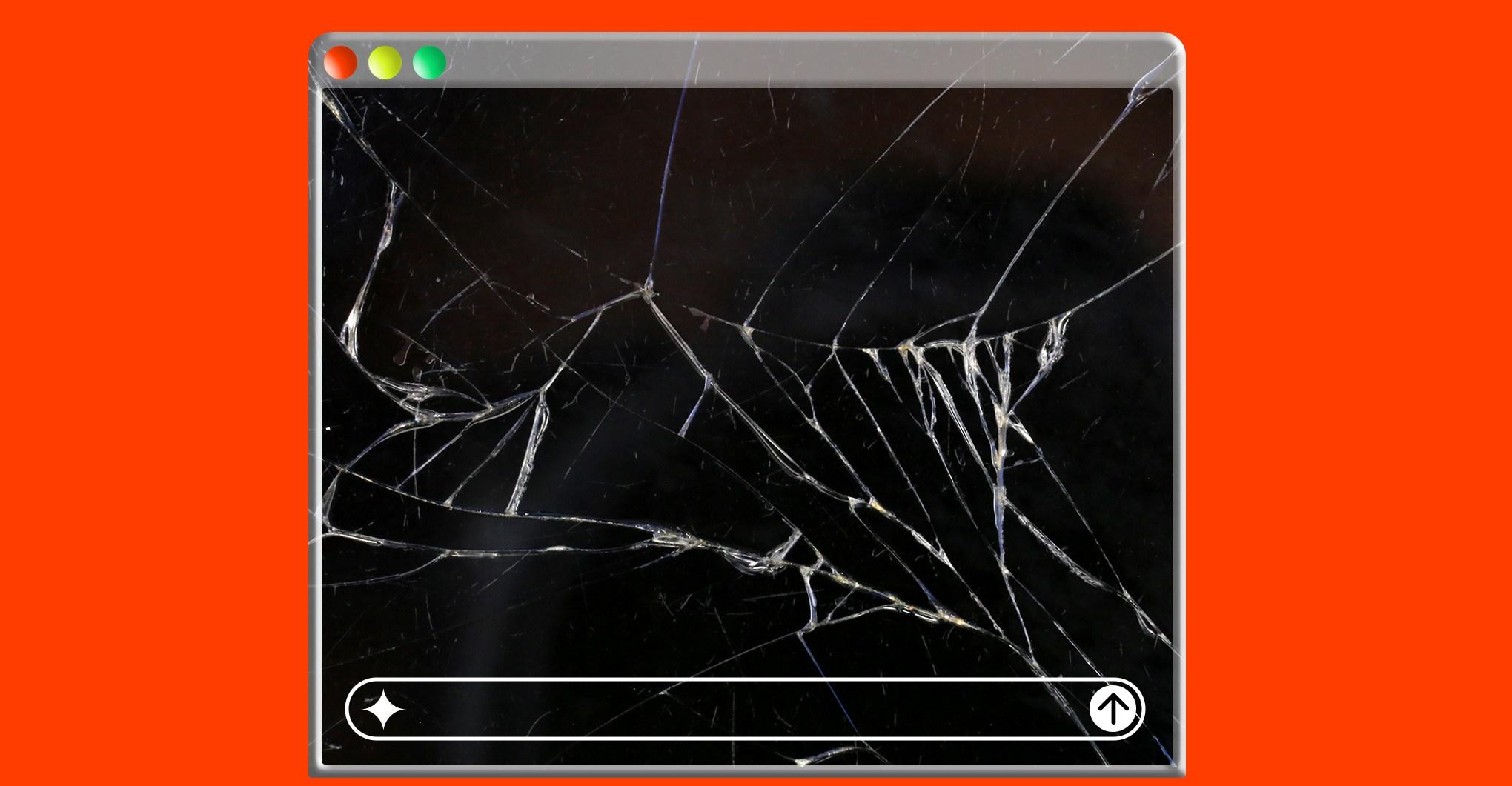
Chatbots are struggling with suicide hotline numbers
- 2 hours ago
Govt slashes diesel price by Rs14 per litre
- 3 hours ago

IHC summons Registrar Karachi University in Justice Jahangiri’s degree case
- 10 hours ago

The biggest mosquito-borne disease in the world has a cure. There’s just one problem
- 9 minutes ago
Australia plans tougher gun laws after police say father and son killed 15 at Bondi Beach
- 9 hours ago
Police recover gold from accused's husband in Dr Warda murder case
- 9 hours ago

Why Republicans in Congress are turning against Trump
- 9 minutes ago
FIFA hails 5M WC ticket requests amid backlash
- an hour ago
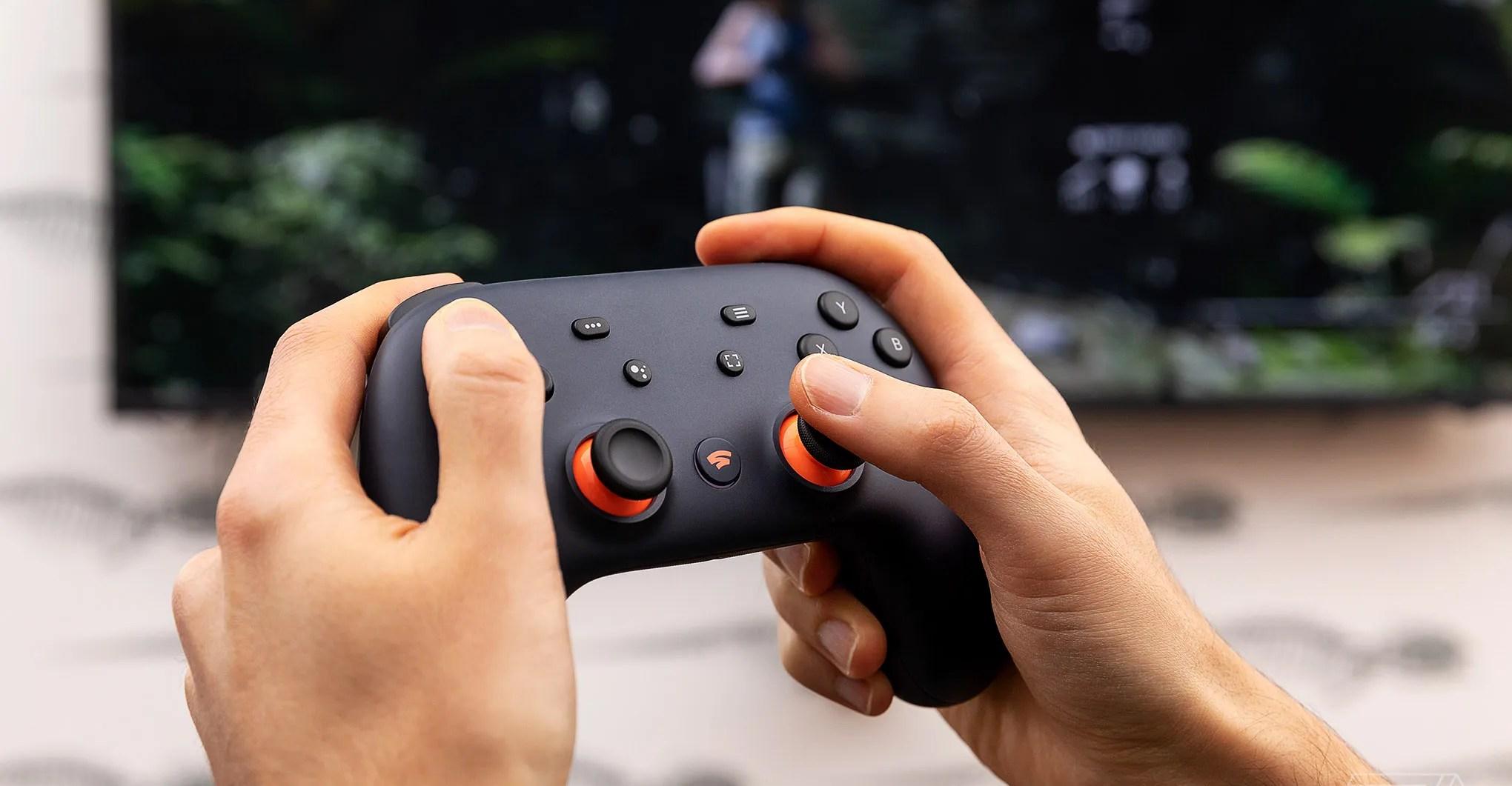
Remember Google Stadia? Steam finally made its gamepad worth rescuing
- 2 hours ago
Messi mania peaks in India’s pollution-hit capital
- 10 hours ago

Disney wants to drag you into the slop
- 2 hours ago
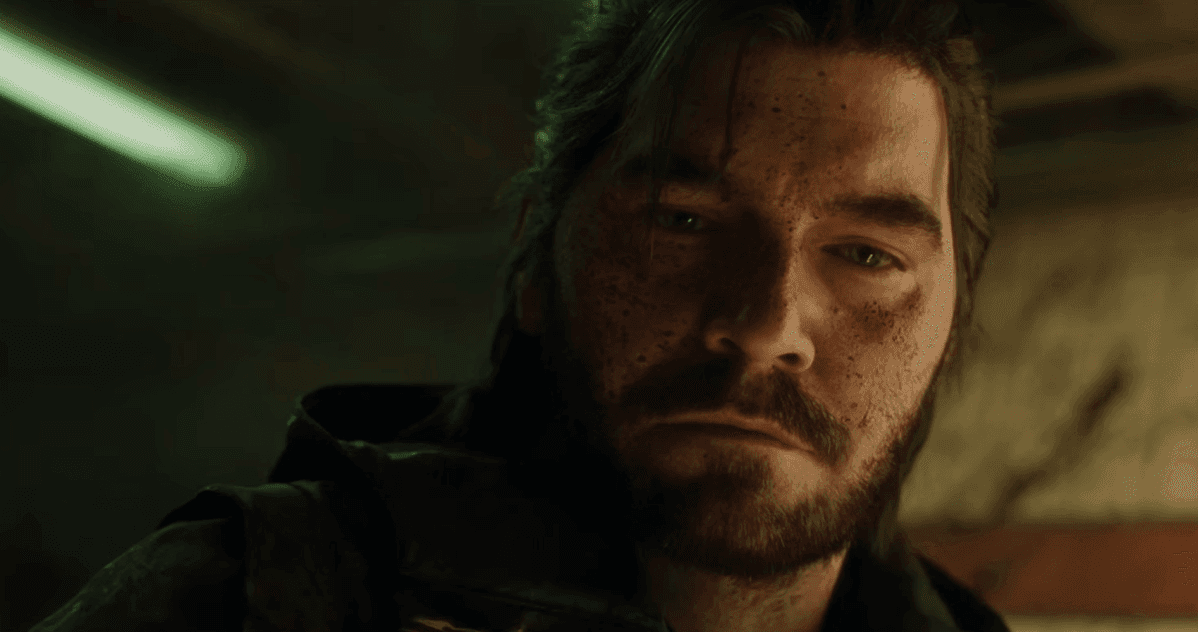
Control’s action-RPG sequel launches in 2026
- 2 hours ago
You May Like
Trending


